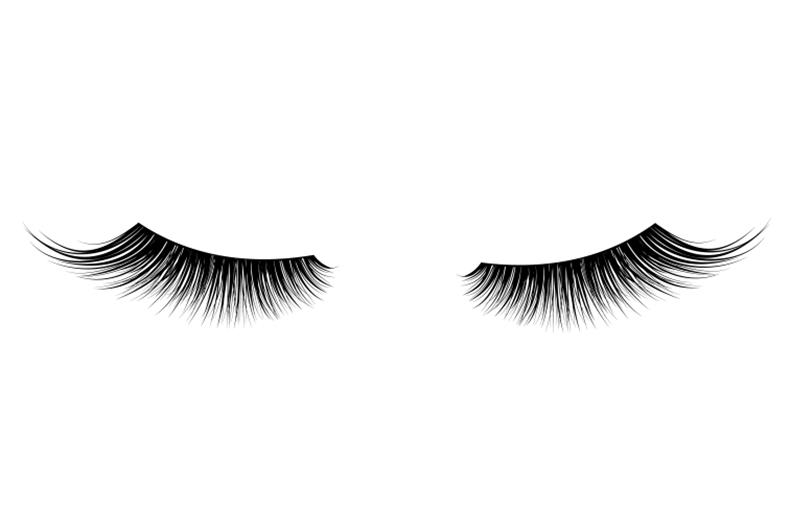Forever failure
Confusion was concluded, reports Leanne Gulliver. B 2 271 180, Make Up For Ever v Forever 21 Inc, EUIPO, 16th January 2019.

B 2 271 180, Make Up For Ever v Forever 21 Inc, EUIPO, 16th January 2019
Key points
- Evidence of use must consist of indications concerning the place, time, extent and nature of use. A combination of these factors may indicate genuine use
- A likelihood of confusion for only part of the relevant public of the EU is sufficient to reject the contested application
- It was appropriate to focus the comparison of the signs on the non-English-speaking part of the public, such as the Latvian, Lithuanian, Polish and Romanian public
In 2013, the US fashion retailer Forever 21 Inc (the Applicant) applied to register the word mark FOREVER 21 under EU trade mark (EUTM) No 011981917 in respect of goods in classes 3, 8 and 26 (the Application).
The French cosmetics brand Make Up For Ever (the Opponent), owned by Louis Vuitton Moët Hennessy, successfully opposed the Application in respect of class 3 (namely, cosmetics) on the basis that, contrary to Article 8(1)(b) of Regulation (EU) 2017/1001, the Application was confusingly similar to its earlier EUTM No 3416443 for the word mark MAKE UP FOR EVER (the Registration).
Proof of use
As the Registration was granted protection in 2005, the Applicant requested proof that the Registration had been genuinely used in the EU during the period 30th August 2008 to 29th August 2013 in connection with class 3 goods (broadly speaking, skin-whitening creams and powders, false eyelashes and make-up).
The Opponent filed its proof of use with a statutory declaration, which included (but was not limited to) extracts from its website, cover pages of catalogues, invoices to clients/distributors in 11 EU countries, press and magazine clippings, and online articles about its products in English and French.
The Applicant argued that not all of the evidence indicated genuine use in terms of time, place, extent, nature and use of the goods for which the mark had been registered. However, the Opposition Division (OD) held that the evidence, particularly the invoices and catalogues, together with the statutory declaration, provided sufficient information concerning the commercial value, the territorial scope, and the duration and frequency of use to find that the Registration had been genuinely used during the relevant period in the EU in connection with the class 3 goods.
Confusion considered
The OD considered that the contested goods belonged to the same sector of cosmetics and perfumery as the Opponent’s goods. In particular, these goods are produced by the same companies, target the same end users and are being sold in the same places through the same channels of distribution. Therefore, the goods were at least similar to a low degree, and were directed at the public at large, whose degree of attention is average.
Further, the OD considered the signs to be visually and aurally similar. In reaching this conclusion, the OD noted that the element MAKE UP in the Registration would be understood across the EU, and has become part of the vocabulary of other European languages, such as Latvian, Lithuanian, Polish and Romanian. Since the relevant goods were cosmetics, this element was considered non-distinctive. However, while the element FOR EVER is English, it was not likely to be understood by the public in parts of the EU where English is not commonly spoken. The OD therefore found it appropriate to focus the comparison of the signs on the non-English-speaking part of the public.
The OD held that there was a likelihood of confusion on the part of the non-English-speaking part of the public. The Application was therefore rejected for all of the contested goods in class 3.
Leanne Gulliver is a Chartered Trade Mark Attorney at Osborne Clarke LLP

